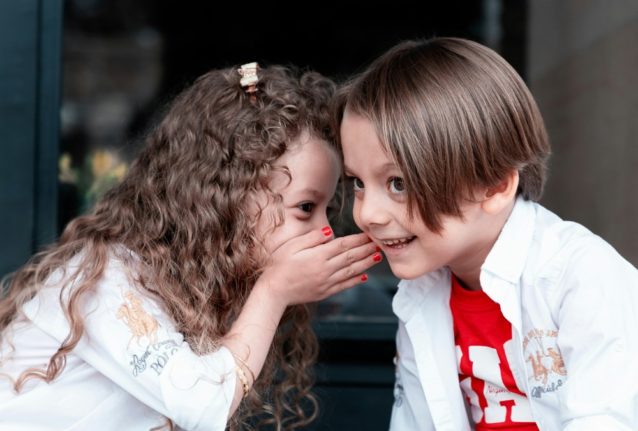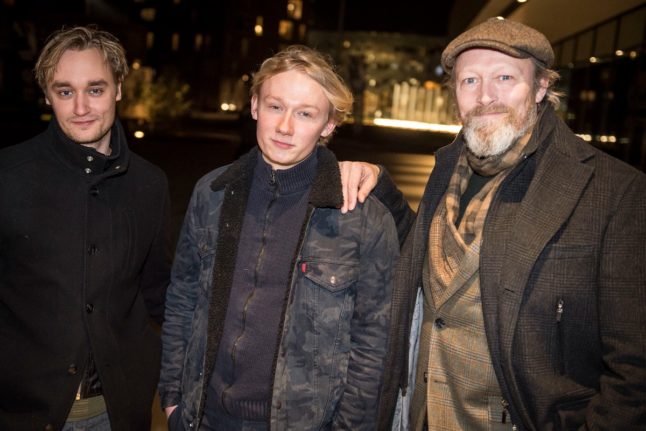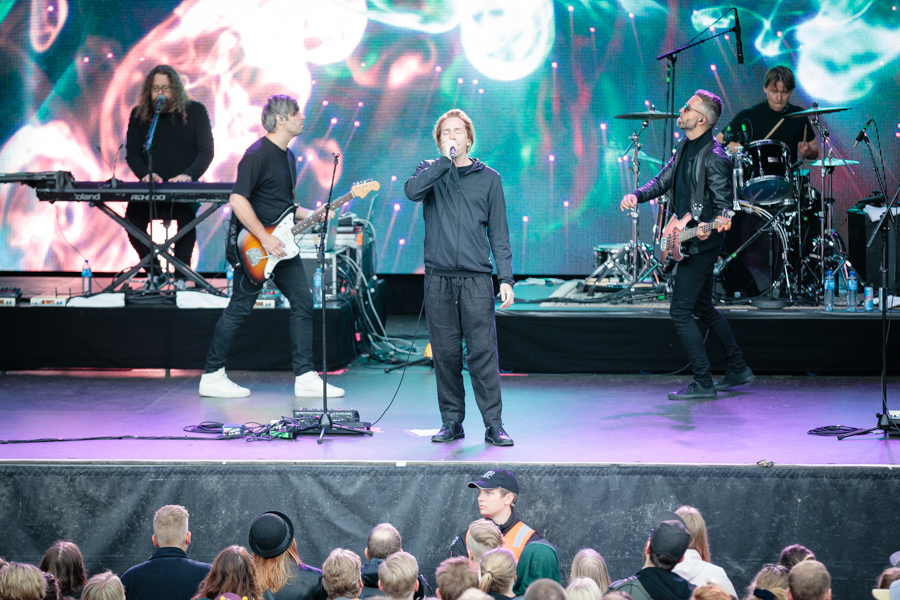For foreign residents in Denmark with children, the matter of bilingualism can be one that requires a lot of thought.
Questions can include which languages to speak at home, how important is it to you that your children speak your mother tongue, and how to ensure they are strong at speaking the local language – in this case, Danish.
We previously spoke to an expert about the topic, whose advice included the recommendation that “parent(s) should speak in their mother tongue and stay authentic”, and also touched on school options and technical aspects of language acquisition in kids.
READ ALSO: How to raise bilingual children in Denmark: 7 language tips and tricks
Below is a selection of the overwhelming number of survey responses we received from our readers. Thank you to all those who took time to get in touch.
“My only tip is to speak your own language with your children confidently and consistently whatever people around think or say,” said Radu, a Romanian who lives in Copenhagen.
Radu said he has two children, a 5-year-old who goes to an English-speaking preschool, and a 7-year-old who also went to the preschool and now attends Danish state school. The children speak Danish with their mother and Romanian with their father.
“The Danish system and society are very focused on making foreigners speak Danish, but don’t let them assimilate your children while you are trying to integrate,” Radu said.
“We want them to be multilingual,” he said of his children.
“We think that’s the most beneficial for their development and understanding of the world. We also want them to communicate naturally with both sides of their family and not end up speaking English with relatives,” he said.
Born in Denmark
Silvia, who is Italian and lives in Copenhagen, said that Italian is the only language spoken at home between her, her two children (3 and 6 years) and their father, who is also Italian. The children were born in Denmark.
The children “go to a public Danish school and there they only speak Danish”, she said.
“We want them to be fluent in both Italian and Danish, and we know that they will pick up English very easily in school. Having three languages in the pocket will already be amazing, when it comes to languages, the more the better!,” Silvia wrote.
“The only tip is keep it clear, set a language for a specific context (home/school/family etc…) and keep it, it’s easier for the brain when you can contextualise your learning experience,” she said.
Alison, a reader in Aarhus, said she speaks “90 percent” French to her little boy who was born in Denmark in 2022. His dad is Danish and he attends a local Danish daycare, she explained. The parents speak English to each other.
“We want him to be bilingual, we see it as a plus and he needs French to communicate with French family members,” she said.
“For now we just speak each our language. We make sure to have books in French, listen to songs and watch cartoons in French to make it fun,” she said.
One reader who responded to our survey described the reverse situation – speaking Danish in a home in another country.
“My partner is Danish and she moved to the UK many years ago to live with me. We have two children. We didn’t marry and my partner and two daughters are Danish nationals with Danish passports and citizenship,” said the reader, Dominic.
The family plans to move to Denmark next year and Dominic, as the only non-Danish speaker, has now begun learning Danish. Both languages are spoken at home, he said.
“Mother speaks to daughters in Danish – I speak to them in English. When we all speak it’s in English. I am learning Danish,” he said.
“We have always used two languages. It was natural to raise our daughters with two concurrent cultures because that’s what they are – a mix of both,” he said.
Kelly in Aarhus has two children born in Denmark with one British and one Danish parent.
“We run one parent, one language [also known as the OPOL method, ed.] at home. We might have liked to have sent our kids to a bilingual school but the only one (in Aarhus) just closed so our only real option is to send them to a local folkeskole [state school, ed.],” she said.
“Have two language profiles on your streaming services so they can watch cartoons in both languages,” she tipped.
“Me and my wife came from Nepal to Denmark in 2017,” began Sapan, who lives in Copenhagen’s Vestegn.
“We had our first kid in 2019 and the second one in 2022 (in Denmark),” he said.
“Me and my wife communicate most of the time at our home in our native tongue which is Nepalese. This is to ensure that the kids can understand Nepalese language as well,” he said, adding that the children now attend Danish preschool.
“We are really careful and don’t want them to struggle with their Danish language so we help them with the Danish at home as well. Both of us have been to Danish language school. We allow only books, TV programmes, etc in Danish at home. We also help them to translate both languages,” he said.
“We want them to be multilingual so that they have multiple choices for their future”, Sapan said.
Moved to Denmark
Other readers, who moved to Denmark after their children were born, described the experience of older children learning Danish.
“I have two kids (9 and 13, today). We were all born and raised in Brazil. When we moved to Denmark, two years ago, they were 7 and 11 and were fluent in Portuguese and speak a little English,” wrote Luiz, who lives in Aalborg.
The children now go to a Danish state school where they mainly speak Danish, he said.
“It is great to see how they developed both Danish and English in the last two years,” he said.
“I had an amazing experience with the folkeskole. There, both my kids had Danish classes full time during the first six months, together with other internationals. Teachers were great and, today, both of them are attending the regular classes on the second and seventh grade,” he explained.
“It helped us a lot to watch cartoons in Danish (thanks, Ramasjang!) and often visit the library and borrow some books for them to read,” Luiz said.
Another reader said that she sometimes found it difficult to always use her mother tongue in her family setting in Denmark.
More than two languages
“We are German and American and moved with our children (son, now eight and daughter, five) to Denmark two years ago. Everyone understands both languages but when we are all together we speak mostly English,” wrote Cornelia from Copenhagen.
“Mum and Dad speak English together, but when the kids are there I try to speak German. Kids might answer in all three languages but Danish is their strongest now,” she said.
“Both kids are in a Danish environment. Son has some English-speaking friends, which is so important! I am having problems to maintain the German because I am now the only one here who speaks it to the kids, outside family and friends abroad,” she explained.
“We are trying to maintain trilingualism. Every language is an enrichment and will open future possibilities. We read books and watch TV in all three languages,” she added.
The highest number of languages spoken by children among our survey responses was four: Turkish, Italian, Danish and English.
Deniz in Copenhagen said his children, age 3 and 7, were born in Denmark to Turkish and Italian parents.
“Mom speaks Turkish with the kids. Dad speaks Italian with the kids. Mom and Dad speak English and Italian to each other,” he explained.
The children attend Danish daycare and school and “speak Turkish with each other when they play together. They speak Danish, Italian, Turkish or English when other family members or friends are around them,” he said.
Deniz explained that he preferred to bring up the children in a multilingual environment “so that they feel they are rooted in Denmark but they also feel connected to Turkey and Italy and communicate with family.”
“English is also important to communicate with everyone,” he said.








 Please whitelist us to continue reading.
Please whitelist us to continue reading.
Member comments